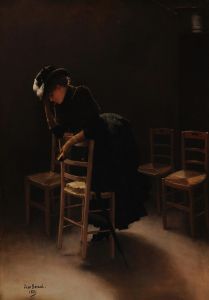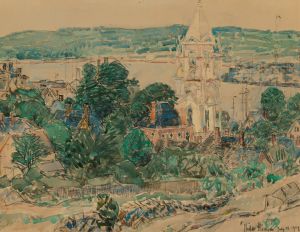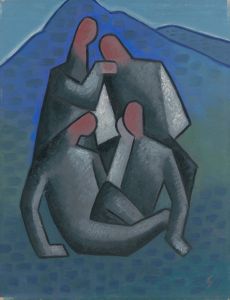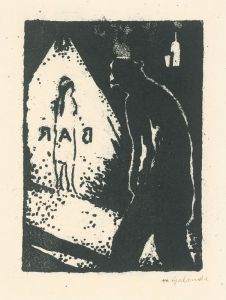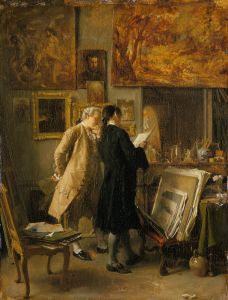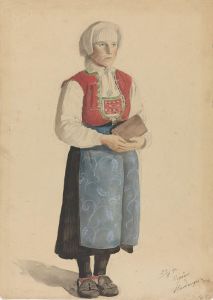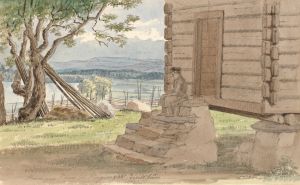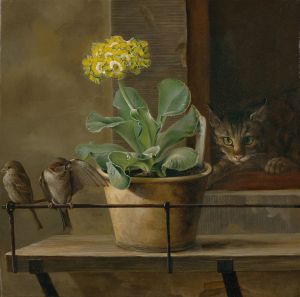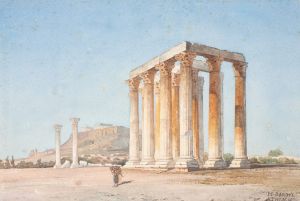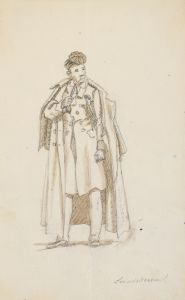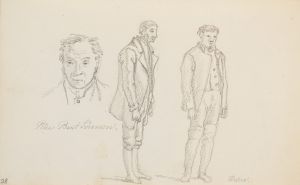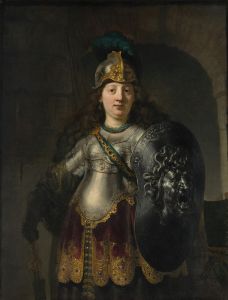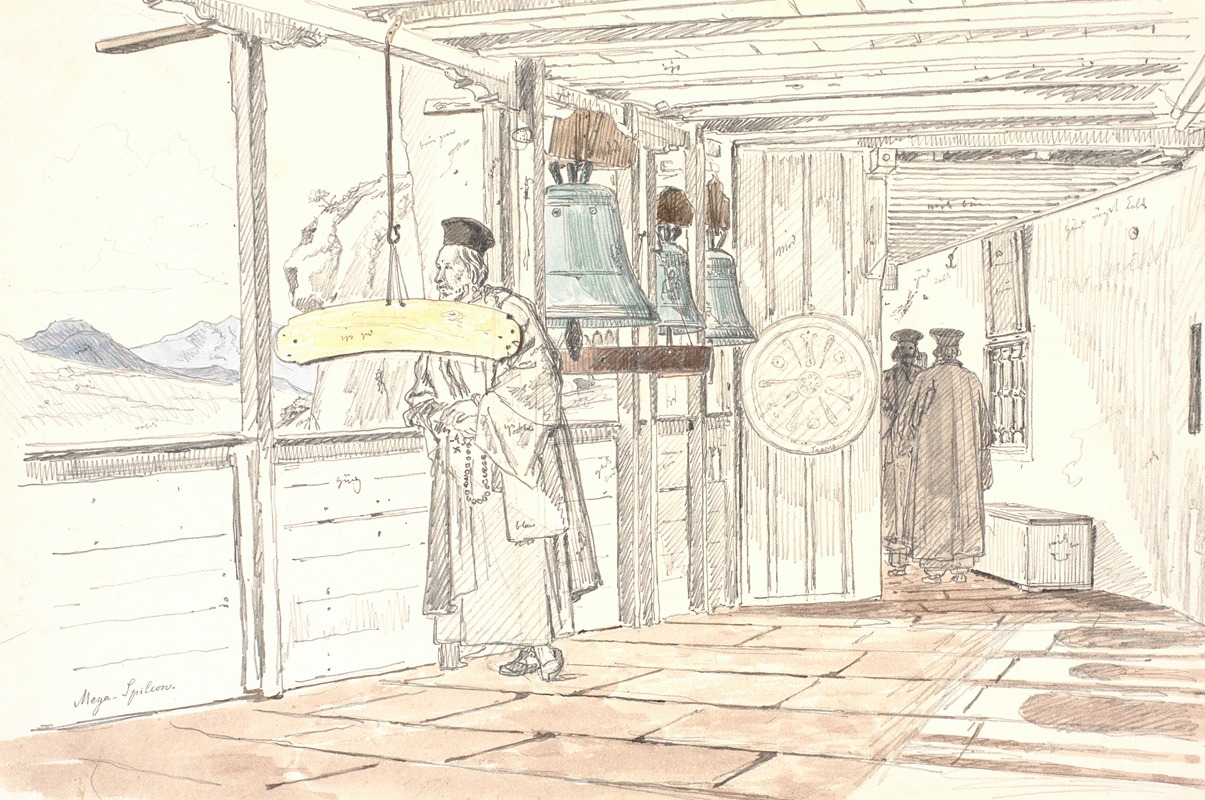
Klostersvalegang med klokker
A hand-painted replica of Martinus Rørbye’s masterpiece Klostersvalegang med klokker, meticulously crafted by professional artists to capture the true essence of the original. Each piece is created with museum-quality canvas and rare mineral pigments, carefully painted by experienced artists with delicate brushstrokes and rich, layered colors to perfectly recreate the texture of the original artwork. Unlike machine-printed reproductions, this hand-painted version brings the painting to life, infused with the artist’s emotions and skill in every stroke. Whether for personal collection or home decoration, it instantly elevates the artistic atmosphere of any space.
"Klostersvalegang med klokker" is a painting by the Danish artist Martinus Rørbye, created in 1838. Rørbye was a prominent figure in the Danish Golden Age of painting, a period that spanned the first half of the 19th century and was characterized by a flourishing of the arts in Denmark. This era was marked by a focus on national identity, everyday life, and the natural landscape, and Rørbye's work is a quintessential example of these themes.
Martinus Rørbye was born in 1803 in Drammen, Norway, but he moved to Denmark at a young age. He studied at the Royal Danish Academy of Fine Arts in Copenhagen, where he was influenced by the teachings of Christoffer Wilhelm Eckersberg, often considered the father of Danish painting. Rørbye's education under Eckersberg instilled in him a keen eye for detail and a dedication to realism, which are evident in his works.
"Klostersvalegang med klokker" translates to "Cloister Walk with Bells" in English. The painting depicts a serene and contemplative scene within a cloister, a covered walkway typically found in monasteries. The setting is characterized by its architectural elements, such as arches and columns, which Rørbye rendered with precision and attention to detail. The inclusion of bells in the title suggests their presence in the painting, possibly as objects within the cloister or as part of the auditory experience of the scene.
Rørbye was known for his ability to capture the essence of a place and its atmosphere, and this painting is no exception. The composition likely reflects his interest in architecture and his travels throughout Europe, where he often painted scenes of local life and landmarks. His travels took him to countries such as Italy, Greece, and Turkey, and these experiences enriched his artistic repertoire and provided him with a diverse range of subjects.
The painting exemplifies Rørbye's skill in using light and shadow to create depth and mood. The interplay of light within the cloister would have been an important aspect of the composition, highlighting the textures of the stone and the tranquility of the setting. This use of light is a hallmark of the Danish Golden Age painters, who were adept at capturing the subtleties of natural light in their work.
Rørbye's paintings often convey a sense of quiet introspection, inviting viewers to pause and reflect on the scene before them. "Klostersvalegang med klokker" is no different, as it presents a moment of stillness and contemplation within the confines of the cloister. This quality is enhanced by Rørbye's meticulous attention to detail and his ability to convey the atmosphere of a place.
Throughout his career, Martinus Rørbye remained committed to depicting the world around him with honesty and precision. His works are celebrated for their technical skill and their ability to evoke a sense of place and time. "Klostersvalegang med klokker" is a testament to Rørbye's talent and his contribution to the Danish Golden Age of painting. Today, his works are held in high regard and can be found in various collections, including the National Gallery of Denmark, where they continue to be appreciated by art enthusiasts and historians alike.





